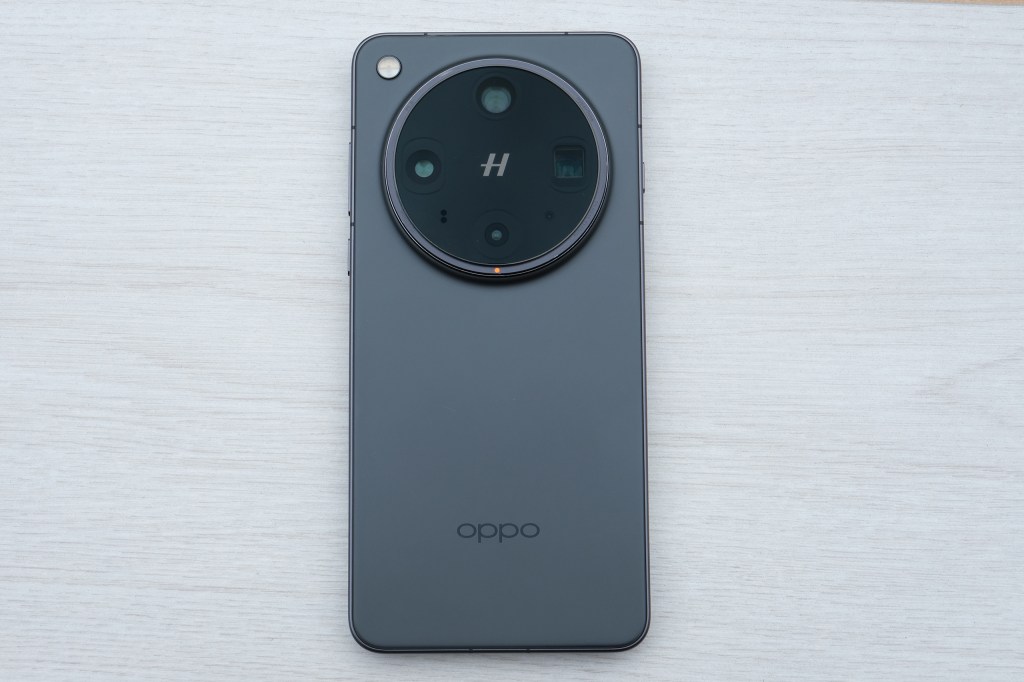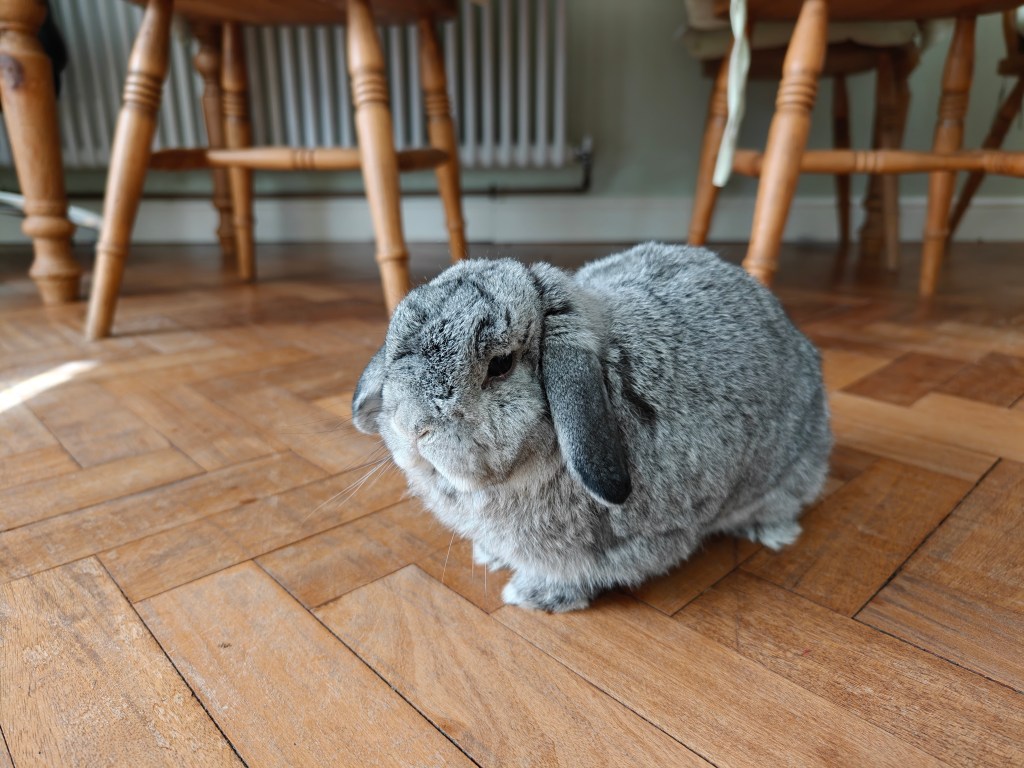Amateur Photographer verdict
The OPPO Find X8 Ultra is a full rounded, beautifully designed, premium package for photography. It’s just a shame you can’t buy it in all regions.- Fantastic image quality
- Great solution for photography
- One-inch sensor on main camera
- Great battery life
- Unavailable outside of China
- Low light can be inconsistent
For the last few years, Oppo have created some of the best smartphones for photography, particularly since working closely with Hasselblad on the Find series since 2012. This powerhouse relationship has just been renewed, so we can expect to see more great products in the future.
The OPPO Find X8 Ultra is the latest addition to the line-up, and for this review I’ve been testing the Chinese model. It launched back in April and is unavailable in other regions. The 12GB/256GB version costs ¥6,499 CNY (~$891), 16GB/512GB version ¥6,999 CNY (~$959), and the 16GB/1TB model is ¥7,999 CNY (~$1,096).
At a glance
- 50MP main camera f/1.8, 23mm equiv. OIS
- 50MP ultra-wide camera f/2.0, 15mm equiv.
- 50MP 3x telephoto f/2.1, 70mm equiv. Prism OIS
- 50MP 6x telephoto f/3.1, 135mm equiv. Prism OIS
- 2MP True Chroma Camera f/2.5, 23mm equiv. 9-Channel, 48 Zones
- 32MP selfie camera f/2.4, 21mm equiv.
- 4K 30/60/120fps Dolby Vision
- 163.1 x 76.8 x 8.8mm, 226g, 6.82-inch AMOLED, 3168 x 1440 pixels, 120hz, 4500 nits peak brightness, Corning Gorilla Glass
- 6100mAh OPPO Silicon-Carbon Battery
- Android 15, Qualcomm Snapdragon 8 Elite
- IP68 & IP69
- Matte Black, Pure White, Shell Pink
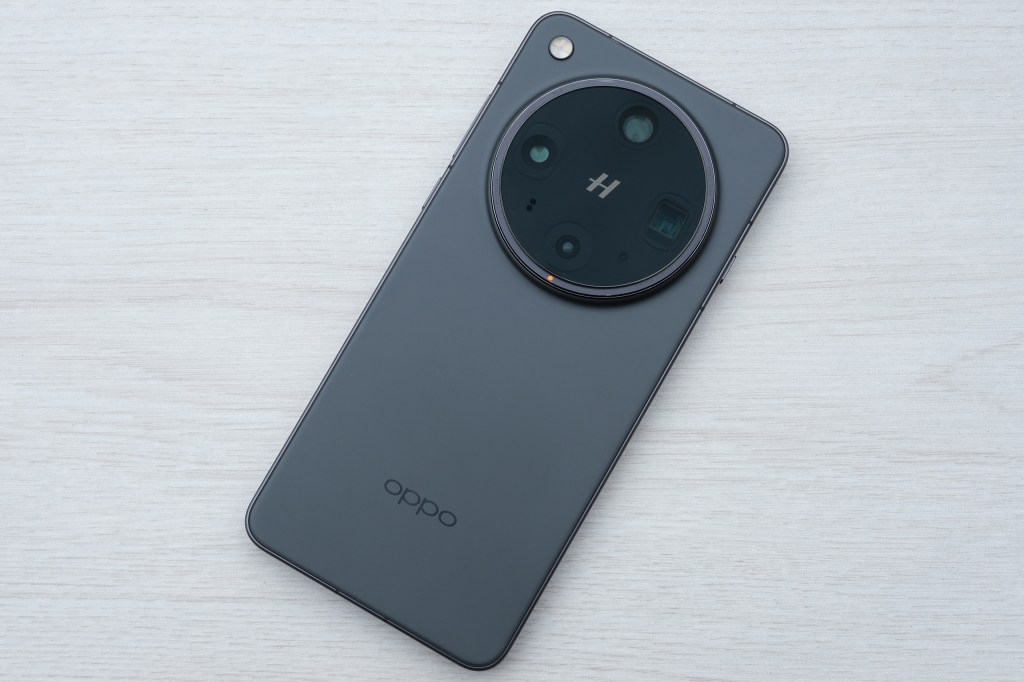
How I test phones
I review smartphones from the perspective of choosing one for its photography and camera performance. I look at what the OPPO Find X8 Ultra offers, and the features included for photography, paying particular attention to the cameras on the phone, the output from each different lens, and features offered.
Features
Like previous versions in the Find X series, OPPO has partnered with Hasselblad for the Find X8 Ultra. Some changes have been made to the camera set up, building on the leading quad cameras of the Find X7 Ultra and Find X8 Pro.
The Find X8 Ultra introduces a Next-Gen Penta Camera System. You now get not just four lenses on the rear, but FIVE. Though, only you’ll only be using four to take images. Four of the sensors are 50MP resolution: standard 23mm equivalent lens, 15mm ultrawide, and two zooms (70mm and 135mm). The main sensor has returned to the larger one-inch sensor, as opposed to the 1/1.4” sensor seen in the Find X8 Pro. Said to be the most advanced in any smartphone. 63% larger than the iPhone 16 Pro Max and 69% larger than the Samsung S25 Ultra.
Both zoom lenses are a periscope design as seen on the last few editions of the Find X series, but with larger sensors and faster apertures.
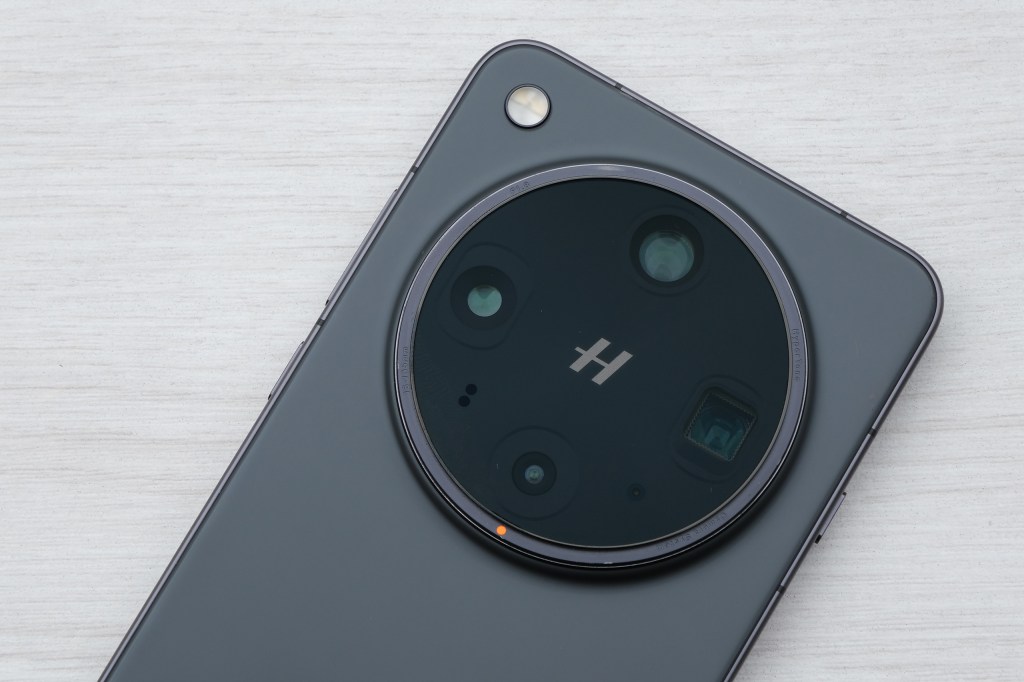
The 3x telephoto lens now features a larger Sony LYT-700 1/1.56-inch sensor and a more advanced periscope lens with f/2.1 aperture, enabling more light than its predecessors. It also features a floating lens which allows a minimum focusing distance of 10cm to unlock new telemacro capabilities and functionality like a macro lens.
The 6x telephoto camera has a 1/1.95inch Sony LYT-600 sensor with f/3.1 aperture, which is a significant 151% increase in light intake. AI Telescope Zoom automatically kicks in from 10x zoom to enhance digital zooming.
Accompanying the four 50MP cameras is a brand-new True Chroma Camera – with a 9-channel multispectral system and 2 million spectral pixels. Enabling more precise Auto White Balance (AWB) processing and preserving warm and cool areas for improved colour reproduction. This sensor plays a bigger role in the images you take rather than being able to take photos with it. It splits a scene and measures white balance multiple times, ensuring colour balance is considerable particularly in different light sources.
On the front we have a 32MP selfie camera, with autofocus – which is great to see.
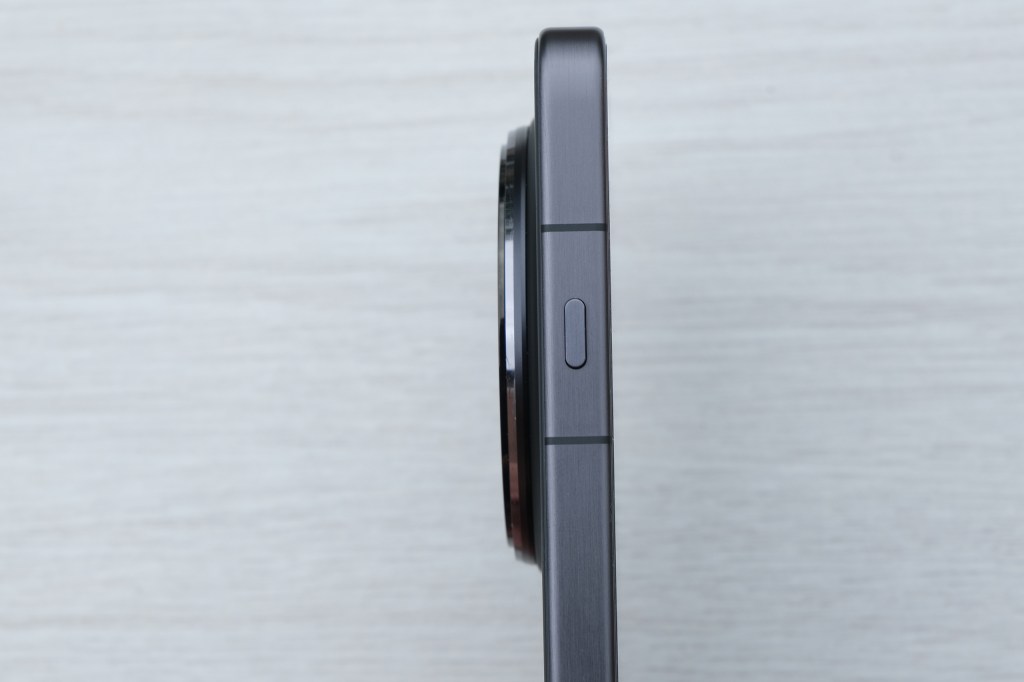
Further photography features include Lightning Snap which first featured in the Find X8 and X8 Pro, Night Portrait Master and Master Mode which has seen a significant update since the Find X7 Ultra – now offering 50MP JPEG MAX and RAW MAX output, auto Night Mode support and Focus Magnifier and Focus Peaking.
Hasselblad Portrait Mode also returns with the addition of continuous zoom, which allows from 1x to 6x zoom.
The Find X8 Ultra features 100W super-fast charging and up to 50W wireless charging, IP68 and IP69 rating with a 4500-nits peak brightness display. Battery life has also been excellent throughout my time testing, even on warm sunny days. Likewise, charging has also been quick.
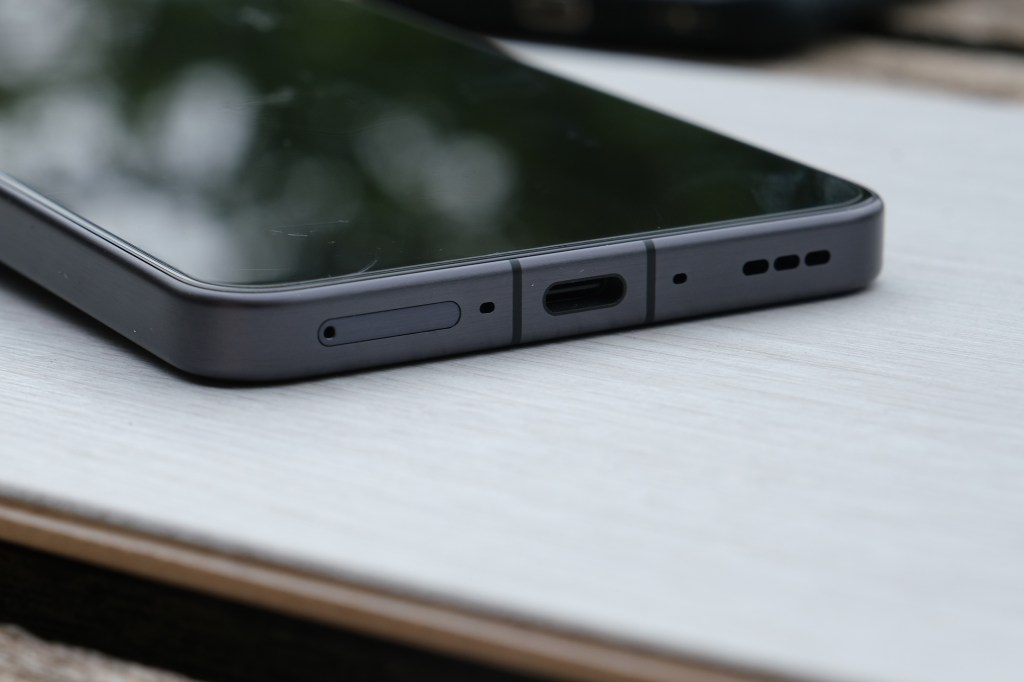
Handling and Design
The OPPO Find X8 Ultra’s 6.82” screen is slightly larger than last year’s Find X8 Pro at 6.78”. Still smaller than the iPhone 16 Pro Max and Samsung S25 Ultra, both at 6.9”. Despite being a lower resolution, photos and videos still look great on the screen.
The phone has sleek rounded courses and a smooth finish on the back. I’ve been using the Matte Black version, which looks really nice and doesn’t leave you with fingerprints or smudges on the back. Like the other Find X8 and X8 Pro phones, the Ultra is also very minimal in design – rather than the faux leather and two-tone colour options seen in earlier Find phones.
At 226g, the Find X8 Ultra is of a similar weight to the iPhone 16 Pro Max and I can feel the slight weight difference from my OnePlus 13 at 213g (comparable to the Samsung Galaxy S25 Ultra’s 218g). Although the size is very similar too, the OPPO definitely feels like a chunkier phone, but still hand and pocket friendly.
Having both IP68 and IP69 waterproofing and dust resistance means it is durable and resistant with everyday use but also more extreme conditions.
Flush on the side of the phone is the Alert Slider which has evolved into a fully customisable Shortcut Button. Double tapping launches the camera, swipe for zoom and long-press for burst shooting. The slider can also be used for activating sound and vibration, flashlight, recording, screenshots and more.
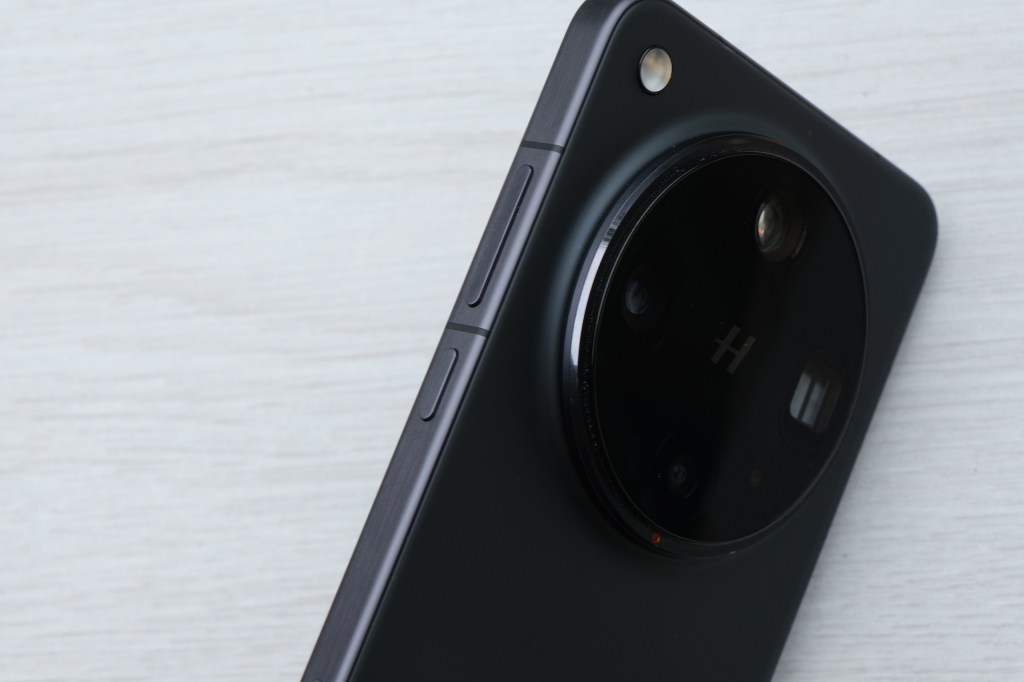
Native camera app
The default shooting mode is ‘Photo’, where you can access all the phones lenses, as well as the digital and AI zooming options up to 120x zoom. On the Photo option, you can also access the Smart Scenes feature which is optimized for shooting at a concert, firework display or shooting silhouettes.
For macro photos, you can bring the phone closer to your subject and macro mode will automatically activate. You can also select the 3x zoom, or the flower icon on the top menu. Similarly, in low light the night mode will activate but you can also activate a separate night mode in the ‘More’ tab.
Within the ‘More’ tab you’ll also find some of the standard features – timelapse, long exposure, pano, slow mode, but also underwater that sets up the screen and buttons for control.
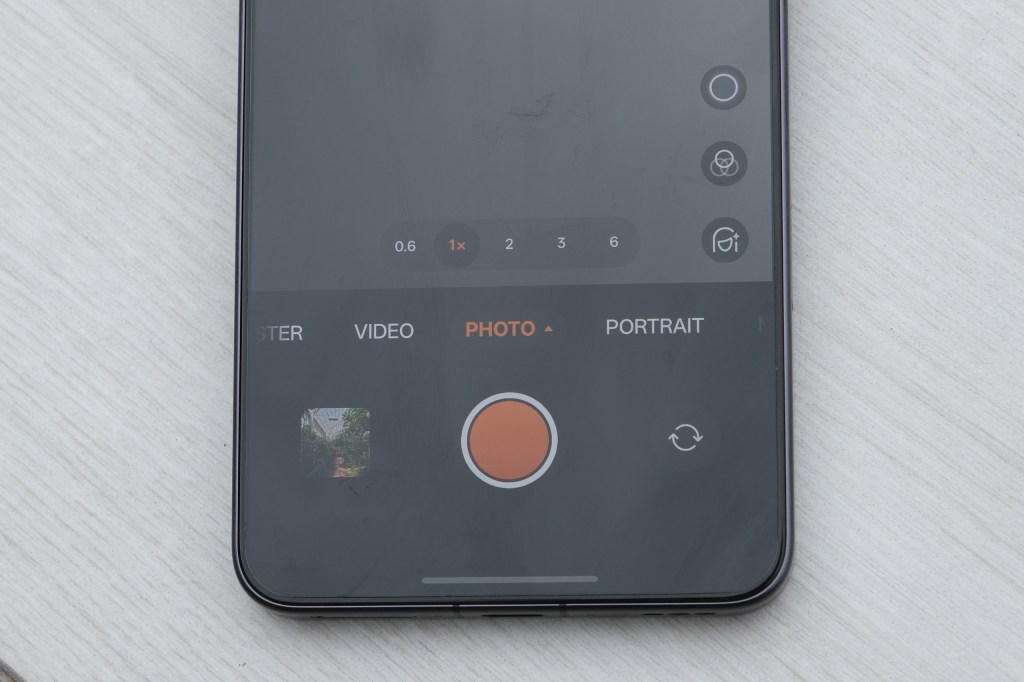
Once again, Portrait mode includes access to some Hasselblad Master digital filters. With this phone however, continuous zoom has been introduced to the Hasselblad Portrait Mode – which allows for seamless zooming from 1x to 6x.
Like the Find X8 Pro, Lightning snap is activated by holding down the shutter button. Images are grouped together and you can choose the best in playback.
Master mode allows you manually adjust settings such as ISO, white balance and shutter speed. You can now shoot in 50MP JPEG MAX and RAW MAX. Plus, Night Mode support, Focus Magnifier and Focus Peaking is now included.
Image quality and performance
Camera quality and photography have clearly been a main priority with this phone. Images are excellent, likely thanks to the return of the one-inch sensor in the main camera, but images produced are also great across all the lenses, without much differentiation. Colours are vibrant and natural looking without being oversaturated, even in complex scenes with a variety of colours competing.
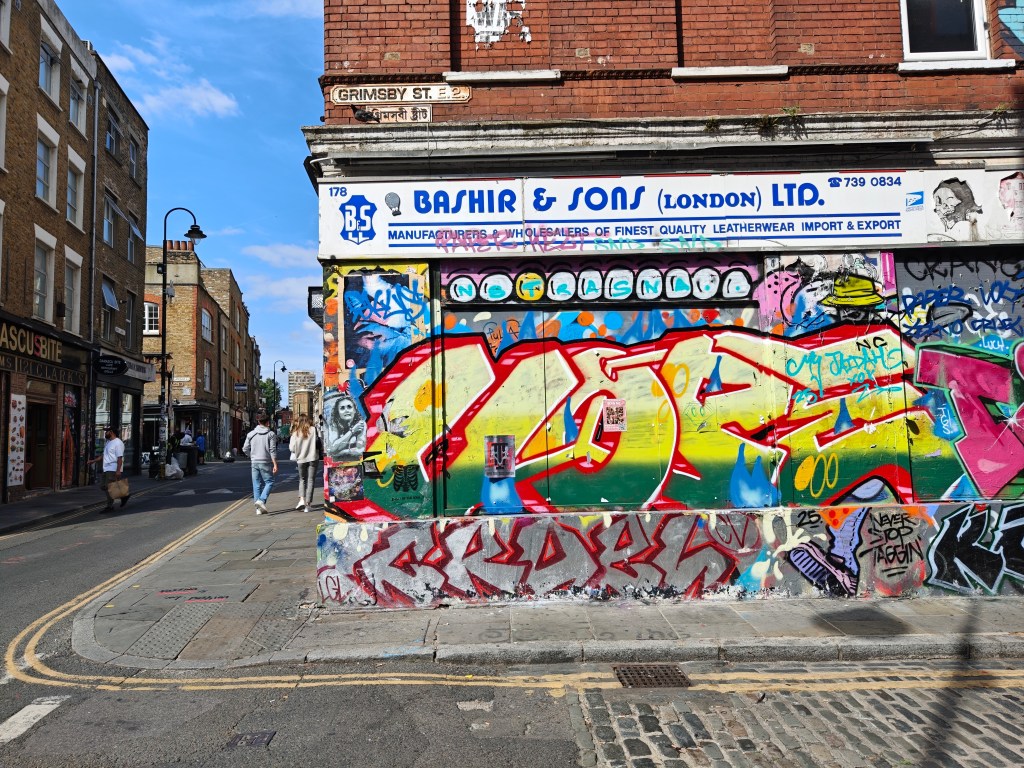
The best results come from the 1x main lens taken in bright natural light. Comparable to other flagships on the market, and now with the best possible image quality from the sensor images might even be enough to rival them.

When it comes to the zoom lenses, the 2x and 3x lens produce some good results too, but quality starts to reduce slightly from about 6x zoom. AI Zoom kicks in at 10x, but any loss in detail really shows from 30x zoom and beyond to 120x. 120x zoom seems to be improved on the Find X8 Pro but probably best avoided in most cases.
Camera performs well in low light with the best results from the main 1x sensor, with some good results still seen in the ultrawide and zoom. However, I’ve found more detail is lost in 3x and 6x zoom in low light and there is some inconsistency with colour between the different options.

I really like the macro mode on this phone. I found engaging the 3x telephoto zoom tends to create the best results. If you look closely there is some blurring but generally quite good, and some nice bokeh is produced too.
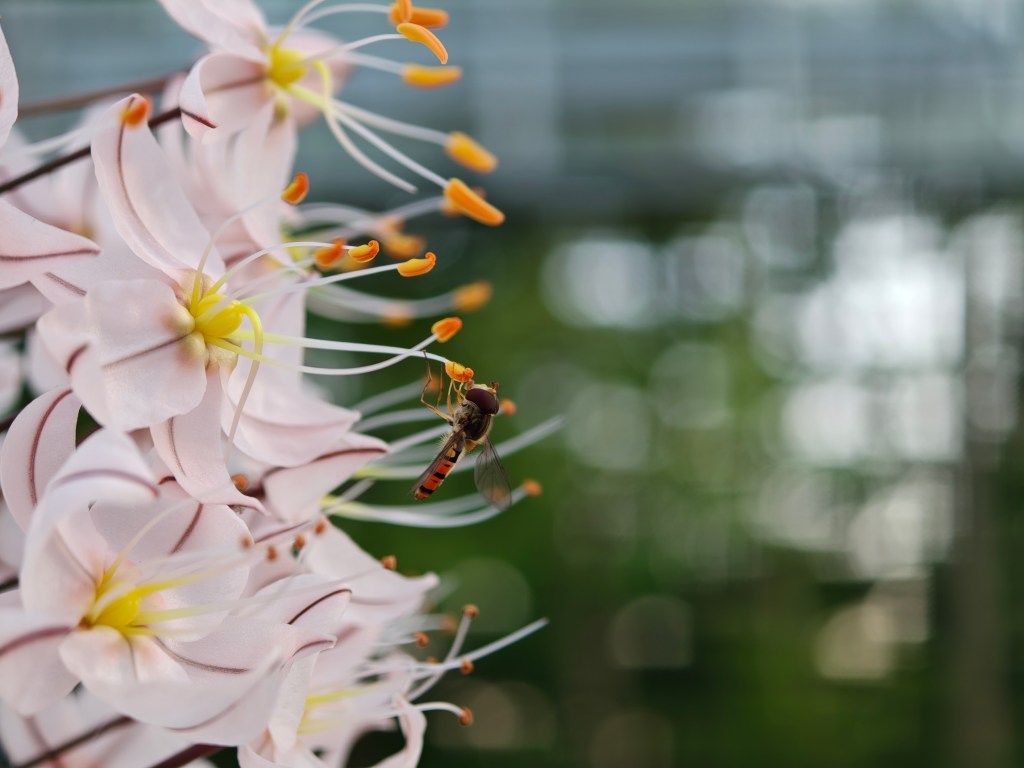
Portrait mode works well for both humans and animals against busy and plain backgrounds, with the background blurring coping well with intricate outlines – like hair, fur and whiskers.
Having put emphasis on nighttime portraits, the OPPO Find X8 Ultra has been nicknamed the ‘night portrait master’. Portraits at night and in low light are also good quality, but there is a slight reduction of detail around the edges of a person versus the daytime images.
Autofocus is back on the selfie camera which creates good and clear images. Portrait mode can also be used for selfies.

Verdict
Building on the success of previous models in the Find series, the OPPO Find X8 Ultra is a full rounded, beautifully designed, premium package, that has excellent cameras and photography performance across all scenarios.
Improvements to cameras and imaging software allow you to get excellent image and video quality. Plus, the hardware itself offers more day-to-day reassurance and durability, with IP68/69 ratings and excellent battery life.
It’s unfortunate that this could well be up there as one of the best Android camera phones of the year so far. Exclusive to China only, you can’t buy it directly in the US, UK and other regions – so minus points for that. You are best to look elsewhere.

